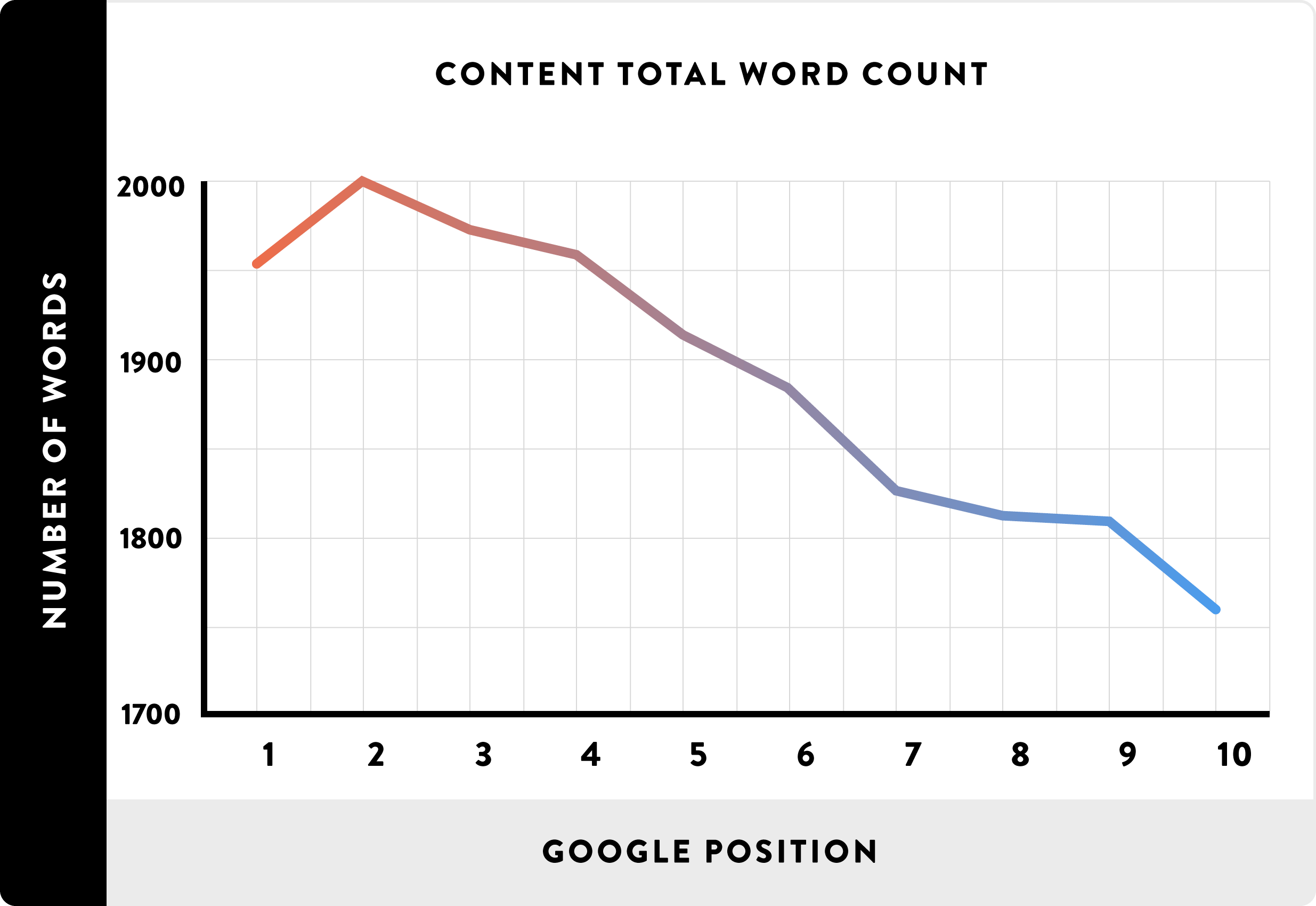Enterprise SEO, in particular, focuses on implementing the best SEO strategies on every page of your website. This is not easy since you have several stakeholders as well as the constraints of budget, time, technology etc. to deal with. If you wish to be successful at enterprise SEO, you need to be prepared to handle internal hierarchies, inter-departmental chaos and the tendency of professionals to disagree with what they have not done before.
Here are 10 Enterprise SEO strategies compiled by experts from major SEO companies that are recommended for success:
- Educate
The tech people, marketing and sales people, the management and the product people may not understand SEO well. Take every opportunity to educate them about the practice. Conduct in-house workshops, include topics in internal newsletters and share links that can be used for the further study on enterprise SEO. Also, share case studies of how SEO efforts have helped other companies gain leads and earn more revenue.
- Influence
Read about the SEO practices of other companies and keep case studies ready with you. Discuss these whenever you get an opportunity with the right examples and right output at the right time. You could attend internal meetings of departments you think should contribute to your approach and let them know how SEO can benefit in accomplishing their goals. Also, have informal conversations with key stakeholders during lunch or tea breaks.
- Be data-relevant
Spend time collecting data and analysis that is relevant to your domain. Prepare dashboards that you can instantly access when questions arise. Be alert so that you are on top of everything whenever an SEO issue emerges in your organization.
- Focus on the KPIs
While having case studies and data is important, you must establish clear ways of evaluation to understand how success will be measured. These KPIs are not just for your own benefit but also include the targets that need to be achieved by other stakeholders. Discuss the KPIs with your senior management and get into an agreement on how these will be achieved in the future.
- Develop relationships
This is one of the most important strategies. SEO professionals tend to be too technical and do not generally interact or be social with other colleagues. The fact is that in order to get more approvals on your ideas and proposals, you need to be liked. Make sure you leave your monitor every now and then and talk to people about how SEO can change the dynamics of the organization’s business objectives.
- Have technical knowledge
SEO people often need to communicate with developers and if you want to become the indispensable SEO expert in your company, you need to be technical yourself. Only when you understand the challenges of your developer will they empathize with the changes you want them to implement. They will be more open to your recommendations if you are able to speak to them in the technical language they understand.
- Communicate
It’s obvious that only the SEO people recognize the need of this marketing strategy. However, if you go on selling your ideas telling people how it can be beneficial for the enterprise, you would get ignored. You must be equally willing to listen to the individuals of the other departments, understand their goals and thereby suggest the actions that need to be taken. You must craft your recommendations in a manner that they are a win-win for both you and others.
- Dynamic content
A website can have several pages. The content you develop for these pages must be such that it is leveraged to your benefit. Every domain understands that they need to have relevant, in-depth content about their service. However, you also receive a lot of region-specific searches. This means that you must have unique content for different geographic locations so that there are appropriate answers for every searcher.
- Content Consolidation
It is generally observed that large-scale websites are split into sub-domains or completely separate websites. However, if enterprises want to maintain their market position, they must adopt content consolidation as an effective strategy. Different pages and domains can be used to support each other giving a more consolidated image of the enterprise.
- SEO Site Health Monitoring
Minor alterations and technical glitches on the website could drastically reduce the traffic you would have otherwise received on your website. Therefore, it is important to constantly monitor and evaluate the health of your website from an SEO perspective and any issues identified must be addressed immediately.
When you utilize the above-mentioned enterprise SEO strategies, chances that you succeed at your efforts and drive more organic traffic to your website are higher.


![Top Global Search Trends in Google 2017 [Infographic]](https://wp.jointviews.com/wp-content/uploads/2017/12/featured-image.jpg)

![Top Google Search Trends in India 2017 [Infographic]](https://wp.jointviews.com/wp-content/uploads/2017/12/featured-img.jpg)









